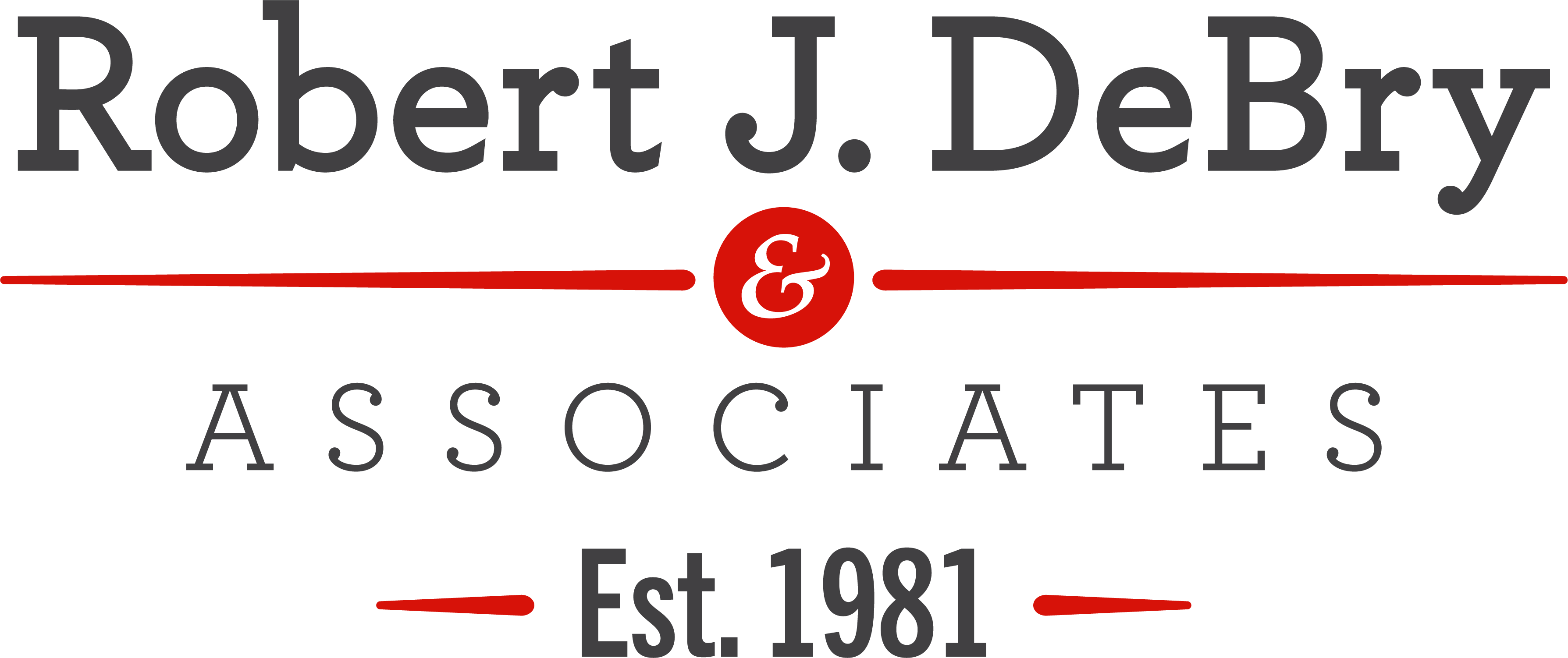Utah vehicle accidents are often perilous. Accident-related injuries and deaths are all too common in the state, with a single individual dying in an automobile accident every 33 hours.
It can be difficult to remain cool after an automobile accident. After all, you’ve just come out of a horrible encounter and are probably dazed. However, understand that time is of paramount
importance if you wish to recoup your losses.
If you’ve been hurt or your vehicle has been damaged in a Utah traffic accident, you’ll want to know your options for receiving compensation.
The following are Utah car accident laws that could have a significant impact on any vehicle accident claim you file:
Utah is a No-Fault Insurance State
Utah is one of many states in the United States that use a no-fault insurance system. Simply put, regardless of who is responsible for the incident, injured drivers and passengers must seek reimbursement from their personal injury protection (PIP) insurers for lost income, medical costs, and other out-of-pocket expenses.
A claim for damages against the at-fault motorist is only conceivable in limited circumstances, such as when the damage caused is severe.
It should be noted that only pecuniary damages are covered by no-fault insurance. You cannot claim intangibles like pain and suffering.
It’s Illegal To Flee The Accident Site
All drivers involved in a car accident must stay at or near the accident scene until law enforcement arrives. They must also give the other parties your name, registration, and insurance details as well as assist the injured in receiving medical assistance.
Escaping the scene of a crash before the police arrive qualifies as a hit-and-run except if you require immediate medical attention. We advise you to remain at the scene because this can have serious civil and criminal ramifications.
Utah Adheres To The Comparative Negligence Rule
Utah has a customized comparative negligence statute that specifies your payment will be lowered based on your percentage of fault in the accident. Additionally, you must be less than 50% at fault for the accident to seek compensation.
When your vehicle insurance claims adjuster evaluates your case, the comparative negligence principle will inform them. If your lawsuit goes to trial, it will also bind the judges and juries.
There are many more Utah car accident laws. For more information, please consult a Utah personal injury lawyer as soon as possible.
